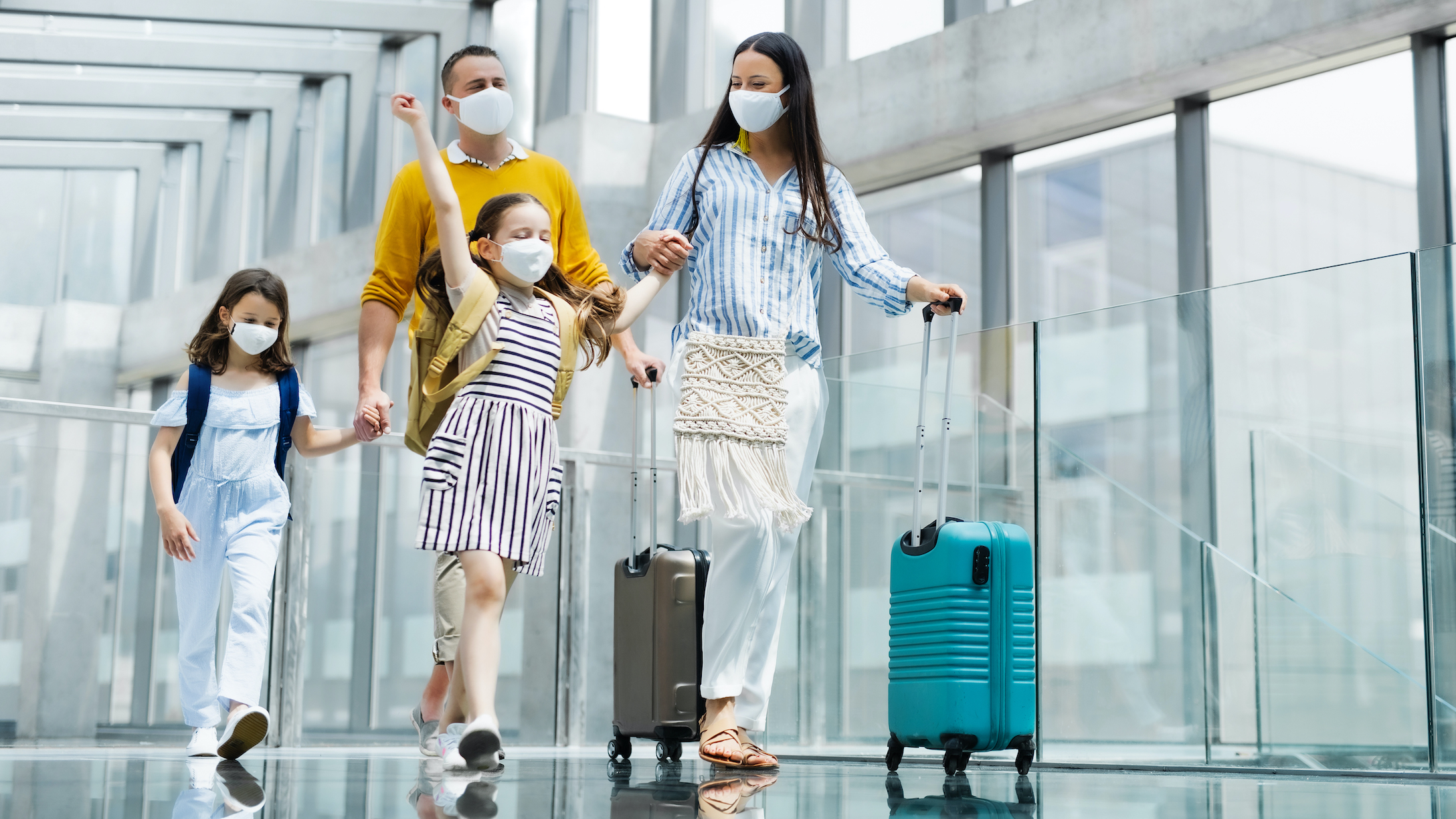
The holidays are usually a time when many of us travel to see our loved ones or open our homes up to family and friends. It's what we do every year, but this year is like no other year. The health risks of traveling have to be considered before booking a flight, mapping out a road trip, or cleaning up our homes to invite guests to our holiday celebrations. Before you decide whether holiday travel during the coronavirus pandemic is something you want to do or encourage, please let us share some things you need to consider.
More from MamásLatinas: Creative ways to display Christmas and holiday cards
We'll share opinions from experts on the matter, as well as tips on how to travel as safely as possible and what to do if you choose not to travel. Above all else, we want to remind you to keep your health and the health of your family as your top priority. You may be facing a lot of pressure from your extended family or friends to do what they want you to do, but the choice is not up to them. They may want to see you because they miss you terribly, but they should also understand that you need to do what is best for you. On the flip side, be sure to be respectful if you are the one wanting someone to travel to you. Keep reading to make an informed holiday travel decision.
Getting from one place to another might not be the riskiest part of traveling.
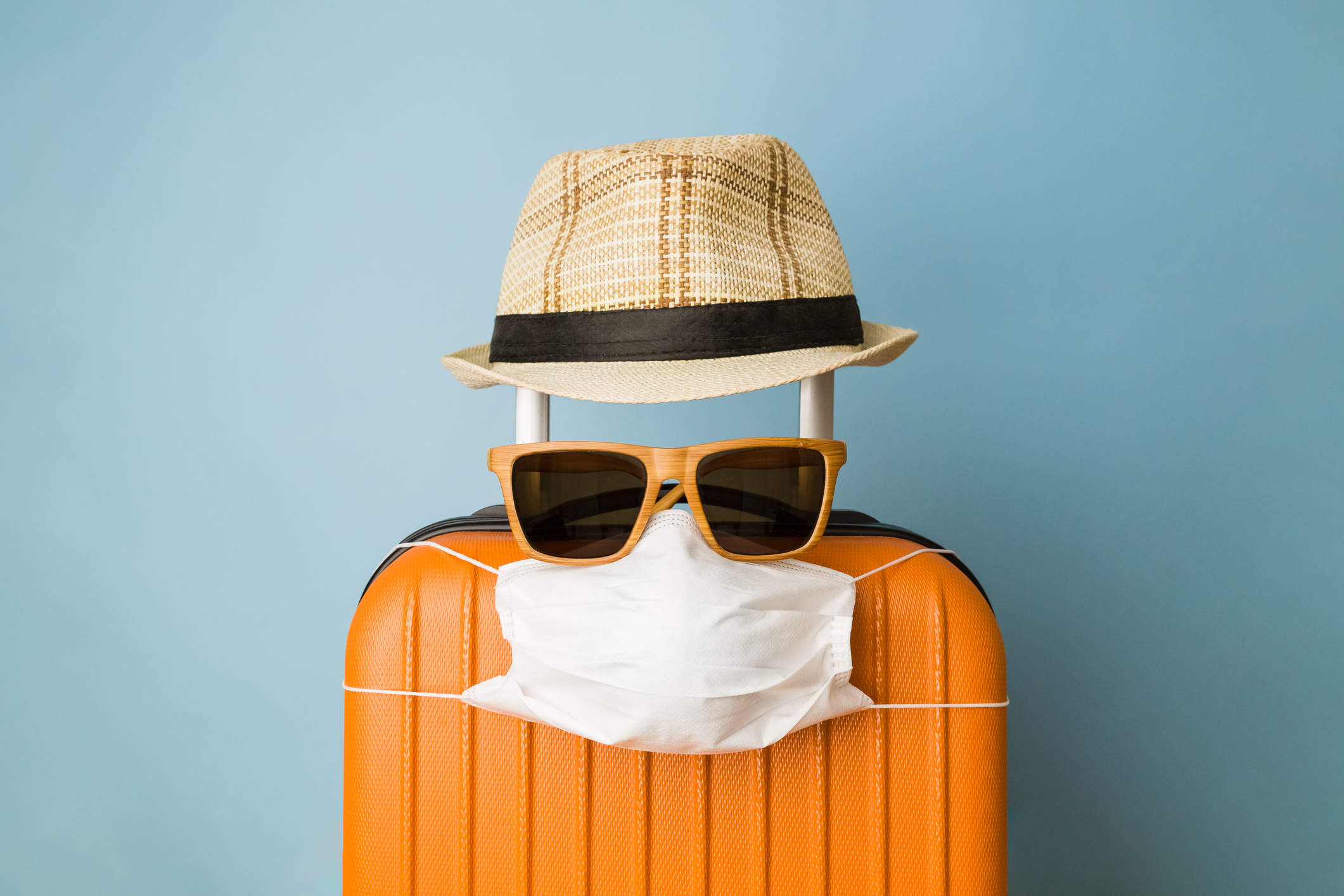
For example, experts believe that airplane travel is fairly safe if everyone on the plane is wearing masks. “Based on the ventilation systems on aircraft, I think it would be very unlikely you’d have a super spreading event where 50 people on the flight get sick from one person,” says Dr. Henry Wu, an assistant professor and senior physician at the Emory University School of Medicine and director of the Emory TravelWell Center in Georgia. “Unless there’s a malfunction in the ventilation system, I just think it’s very, very unlikely.”
What about time spent at an airport?
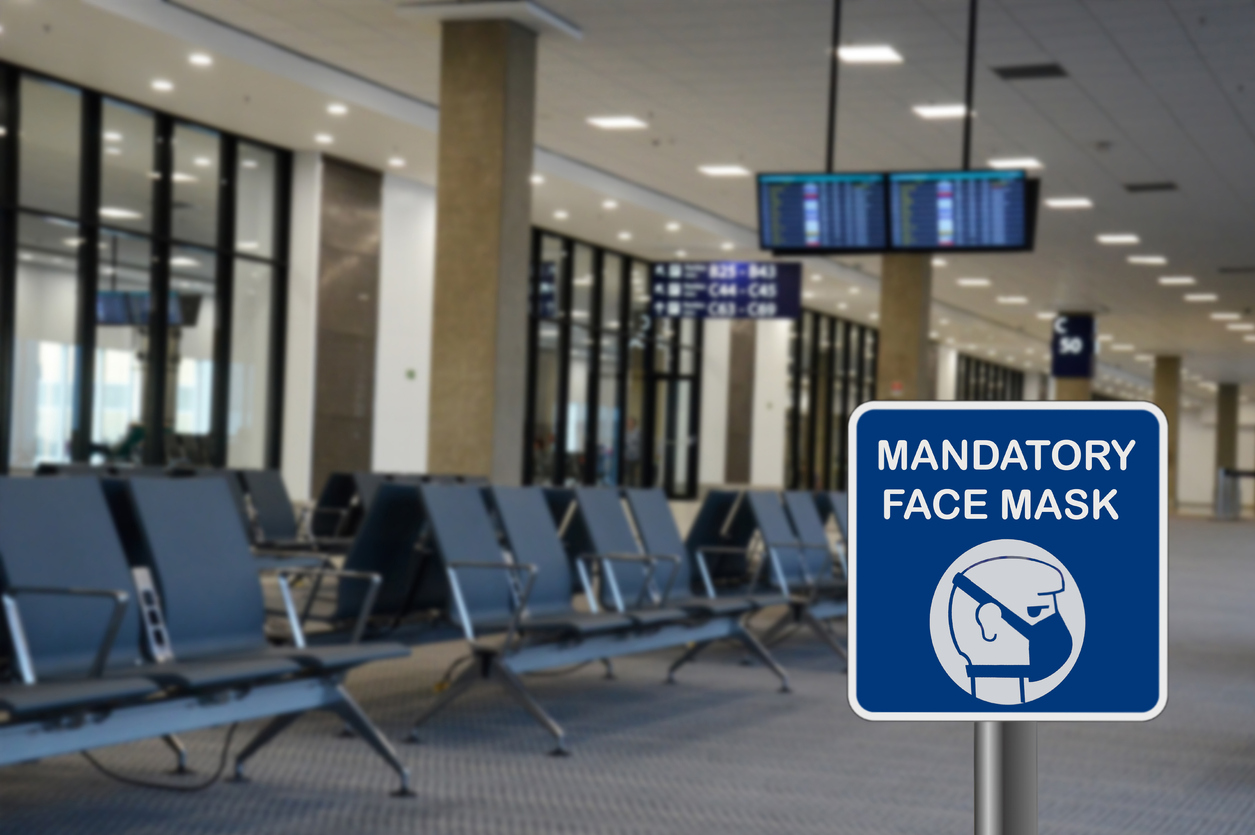
The US Department of Transportation released guidelines to help lessen the risk of spreading the new coronavirus at airports. The guidelines advise airports and airlines on what they can do to help keep everyone as safe as possible. These include limiting the number of passengers on a plane, more thorough cleaning and disinfecting practices, and requiring everyone to wear a mask.
No matter what, always follow all the basic rules.
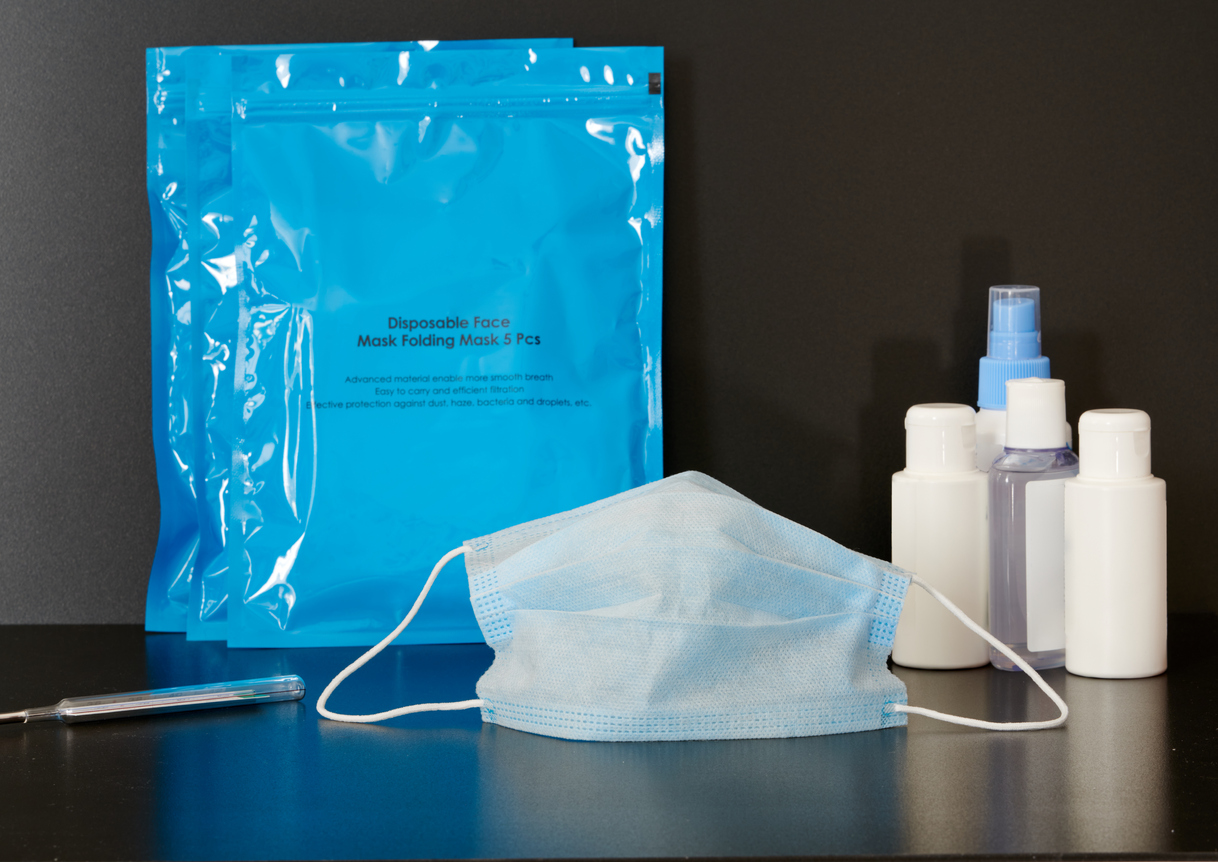
Regardless of what airports and airlines are doing to protect your health, you should always be doing your best to protect yourself and your family. “Certainly following all the basic rules at all times—the face coverings in public areas, hand hygiene, carrying hand sanitizer, social distancing—is so important,” advises Dr. Henry Wu.
Remember that spreading germs works both ways.
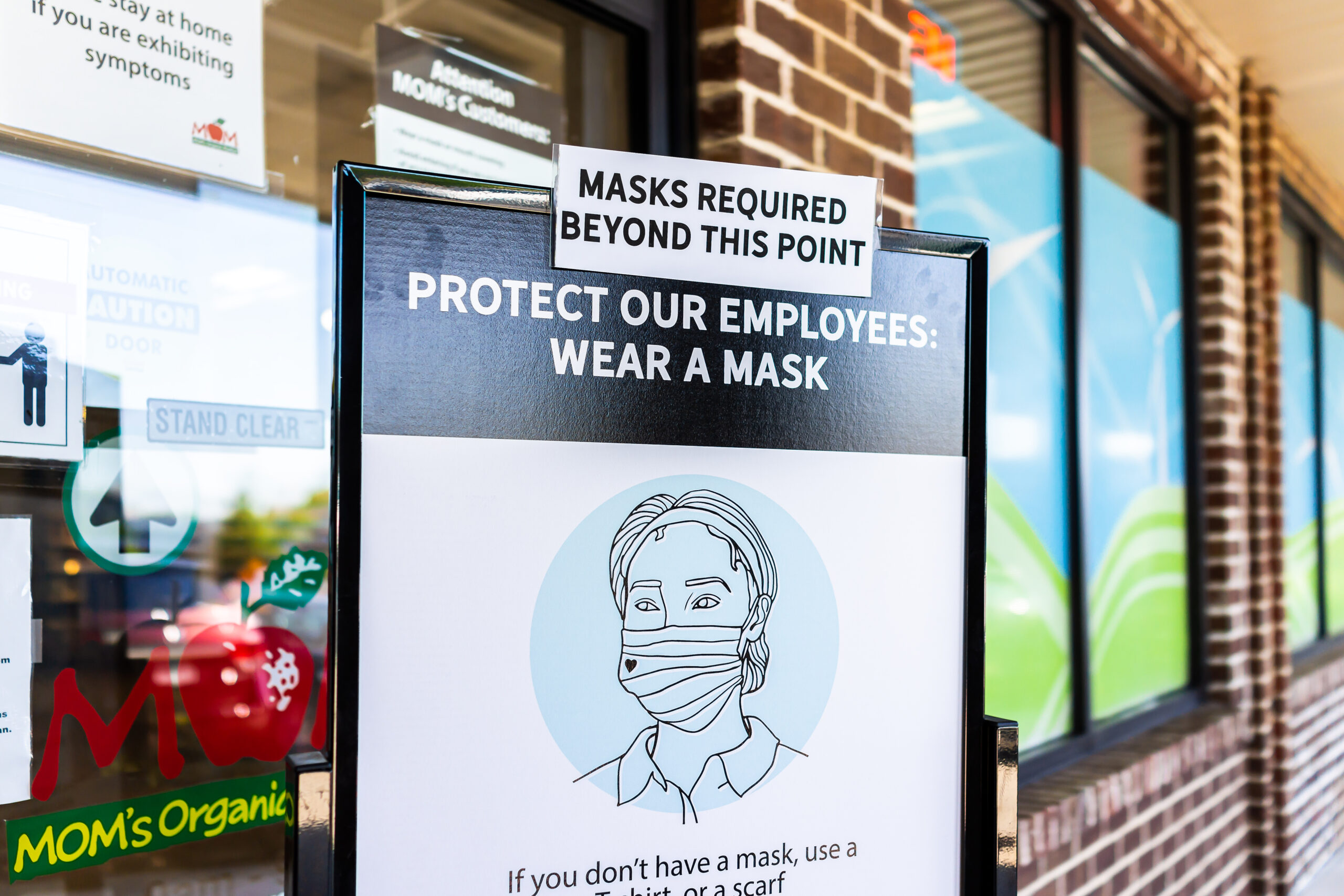
“People should also consider there’s a possibility that they are infected with either asymptomatic infection or an infection that has not become symptomatic yet,” says Dr. Wu. “And traveling from a high incidence area to a low incidence one can result in spreading the infection, too. So, it works both ways.”
What about traveling by car?
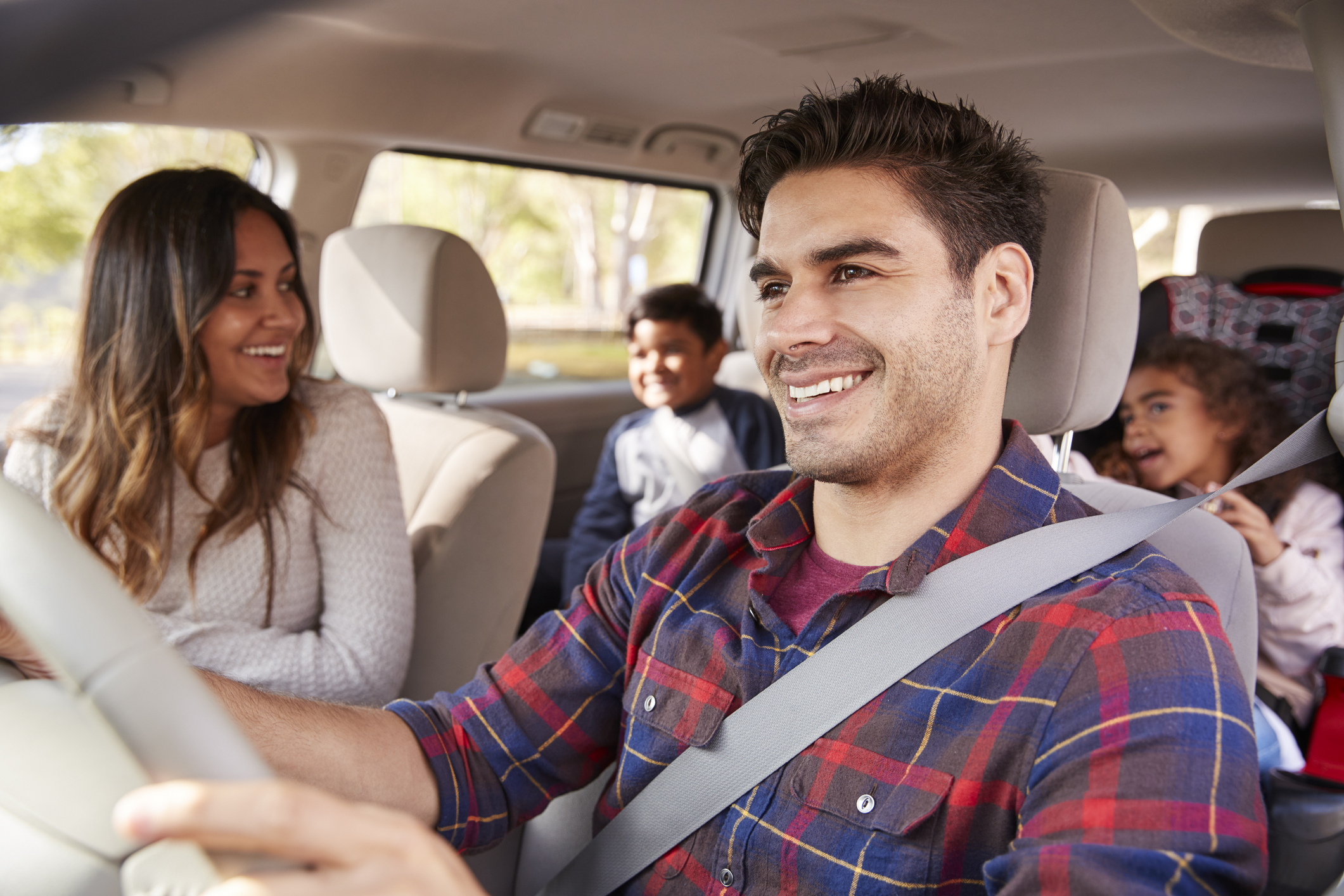
The good thing about traveling by car is that you have more control of your environment. If you are traveling with just members of your household, then you can cut down on safety measures like having to wear a mask while you are in the car the entire time. You would still want to wear a mask any time you are outside of the car and around people who are not a part of your household.
Be informed when you travel to a different state.
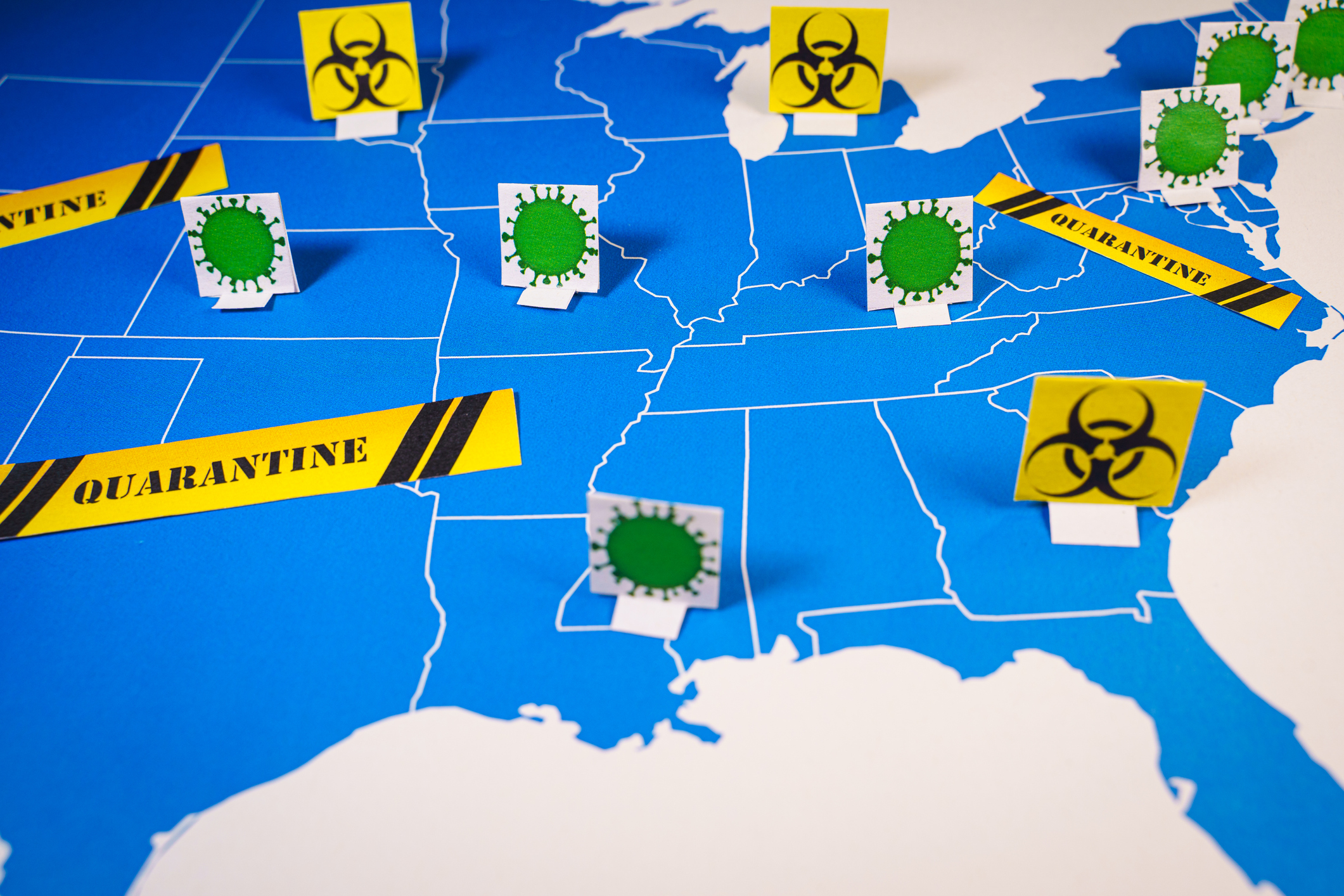
If you are traveling from one state to another, you need to do your research before traveling. While some states have no restrictions on travel, that’s not the case for all. You may have to take a COVID-19 test before traveling, or you may be encouraged or required to quarantine once you arrive. It’s best to plan ahead.
Should you get tested before you travel?
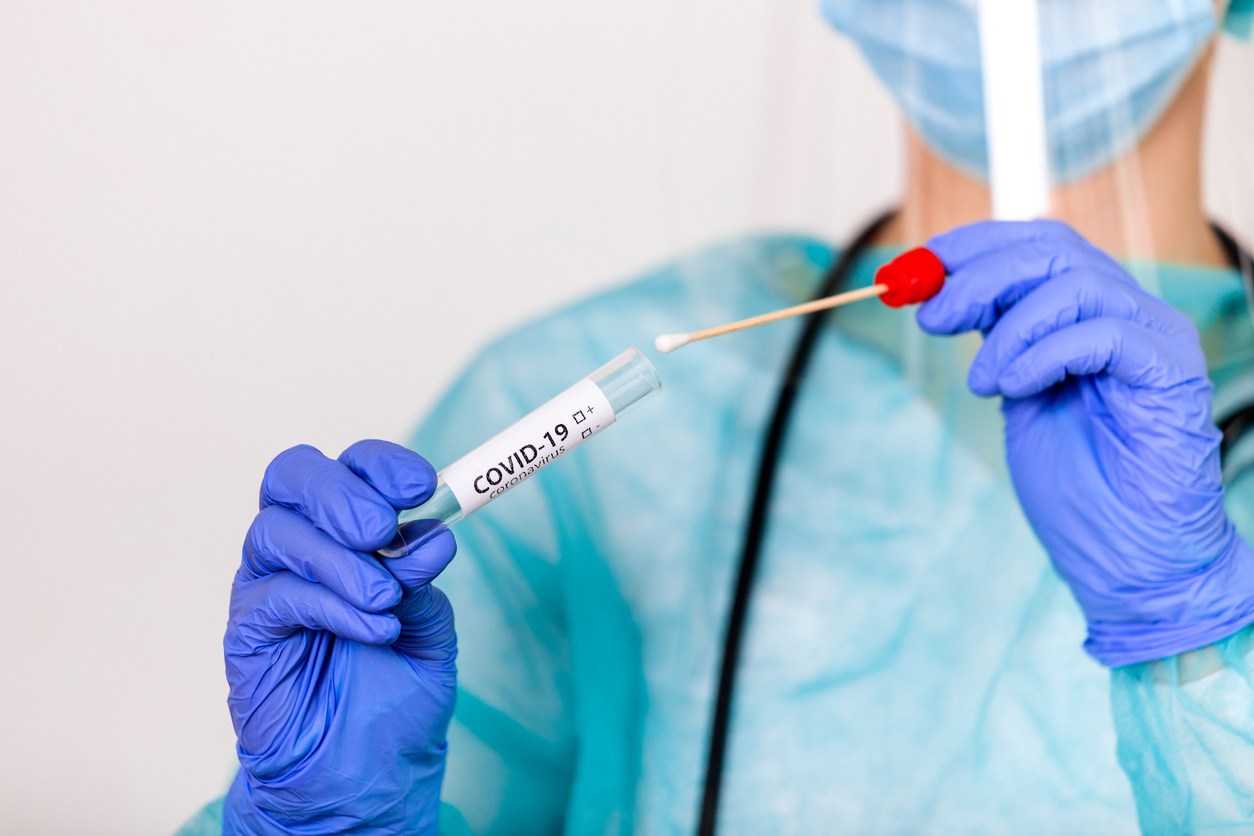
As mentioned, some states might require you to get tested and provide proof of a negative result. Unfortunately, even if you get tested and get a negative result, that doesn’t mean that you aren’t infected, because it is possible to get false negatives. “In general, testing is like all of our other tools. It’s a tool that is potentially effective, but it’s not perfect,” Dr. Wu explains. “Unfortunately, we don’t have any test yet that’s totally sensitive to catch infection at all stages of the infection, and we may never have a test that good.”
Should you go ahead and travel this holiday season?

“Just because you can doesn’t mean you should,” explains Dr. Natascha Tuznik, an assistant clinical professor at the University of California, Davis division of infectious diseases. Of course, the choice is ultimately up to you, and it’s not a choice that someone else can make for you.
Consider any high-risk individuals when making your travel decision.
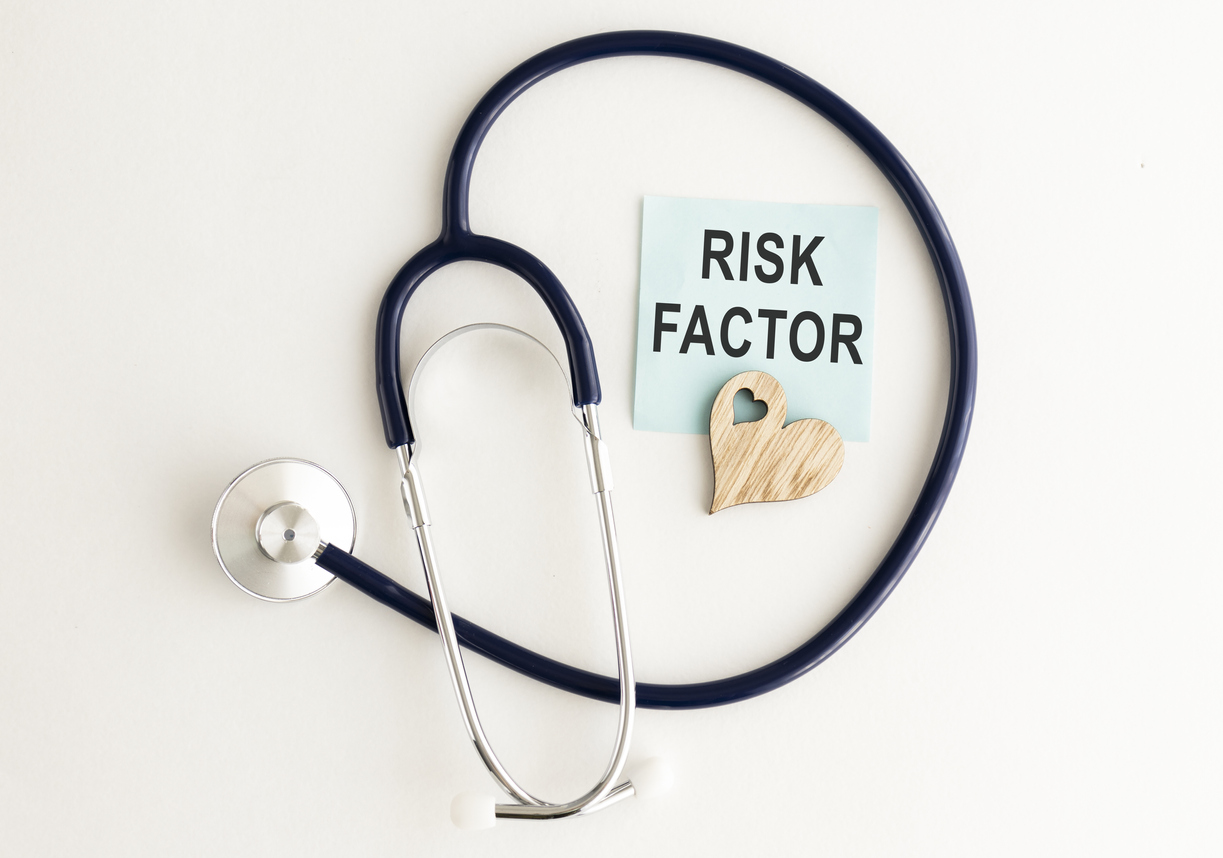
“If you have a high-risk individual at home or are traveling to someone that is high risk, I don’t know if it’s worth either putting yourself in danger or putting that person in danger just for some holiday time, because the worst case outcome is that somebody could die from it,” says Dr. Tuznik.
Getting together with people you haven’t been around ups your chances of exposure.
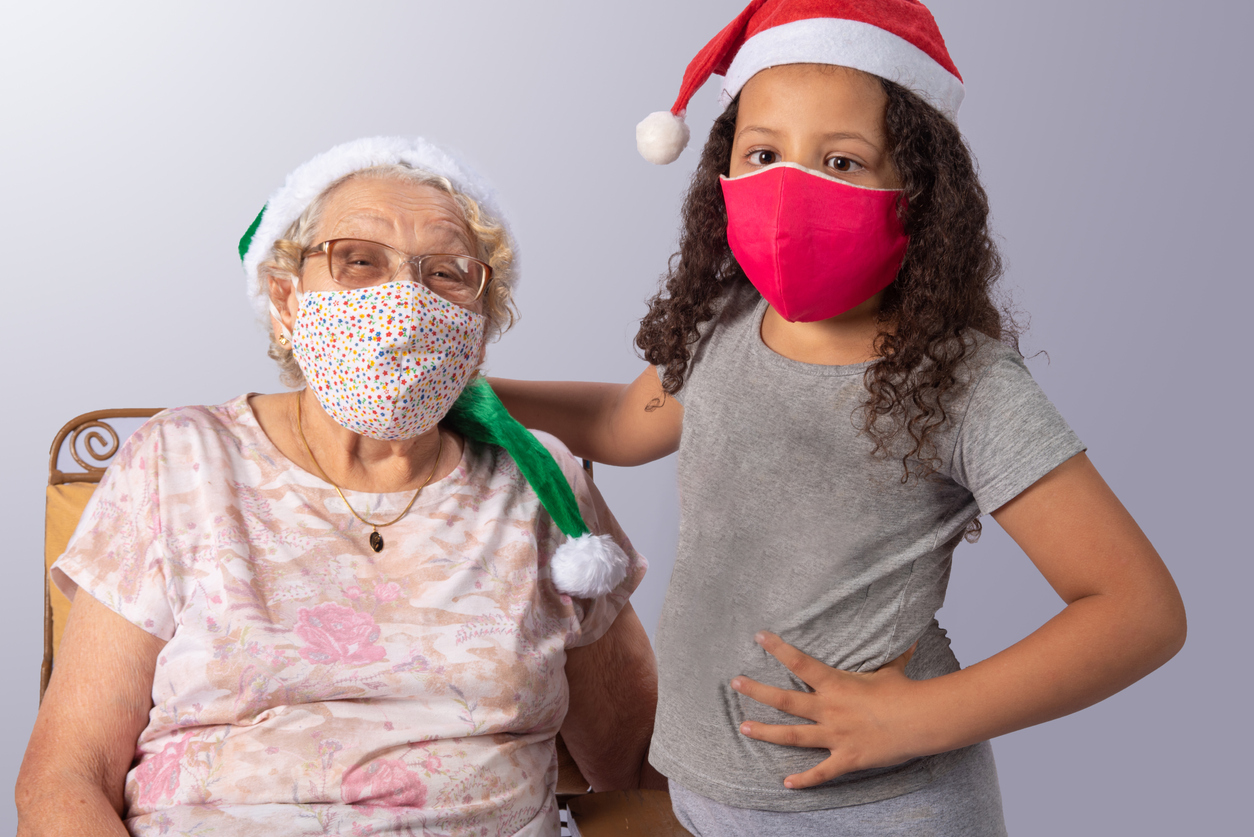
Once you arrive at your destination, your chances of being exposed to the virus always go up when you spend time with people you haven’t been around. There is no real way for you to know whether the folks you are visiting have been exposed to the new coronavirus or not. Your chances go up even more if you are spending time together indoors, not wearing masks, and not social distancing.
Face it—family gatherings are superspreader events.
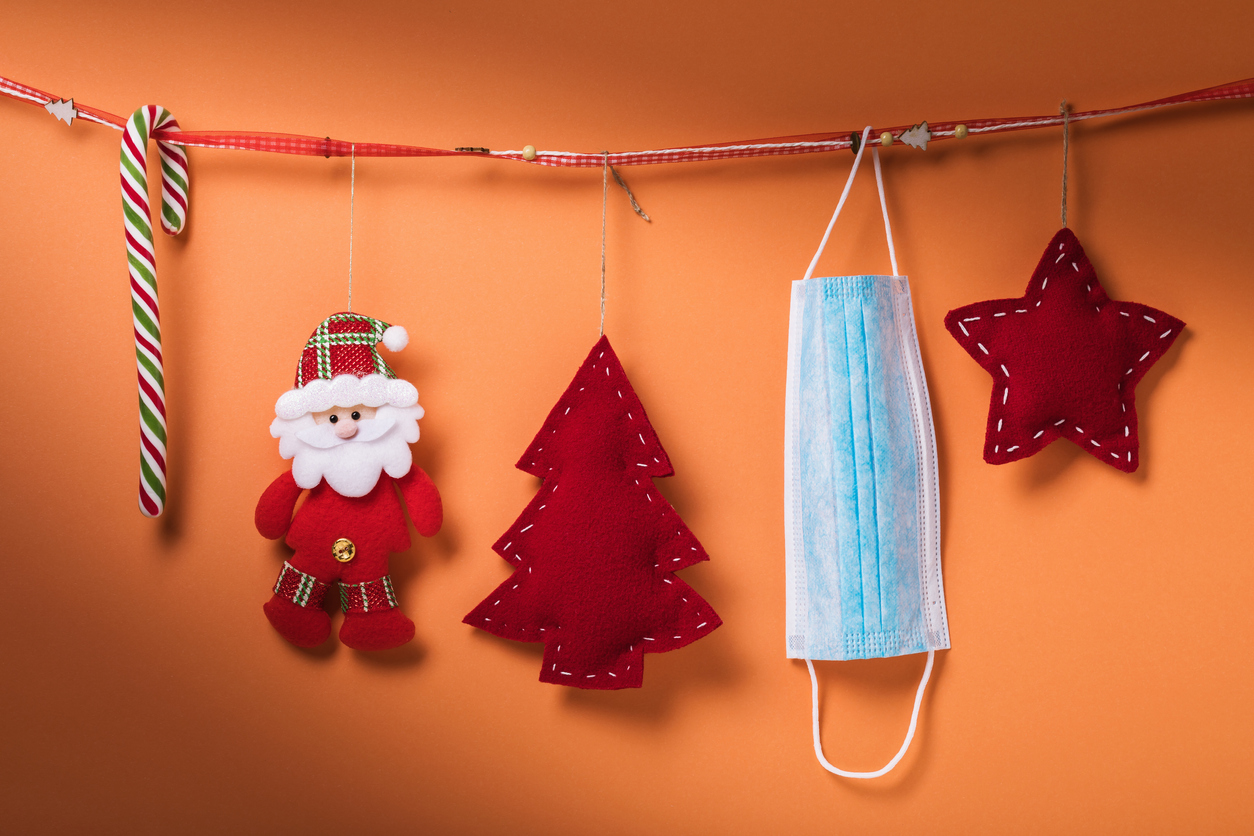
A superspreader event is a gathering where one person who has the virus comes into contact with a bunch of other people who end up getting infected. “There are so many case studies of family reunions, surprise parties, multigenerational birthday parties, where everyone got infected,” says Dr. Keith Armitage, an infectious disease specialist and medical director of the University Hospitals Roe Green Center for Travel Medicine & Global Health in Ohio.
If you do decide to travel and visit loved ones, establish rules.

“Make sure that every family member is on board with masking and trying to maintain somewhat of a distance. Oftentimes in quite a few households there may be that one individual who just doesn’t think COVID is a real threat or is refusing to wear a mask, and it’s probably good to hash that out before traveling or having people come to visit,” Dr. Tuznik suggests.
Be honest and realistic.
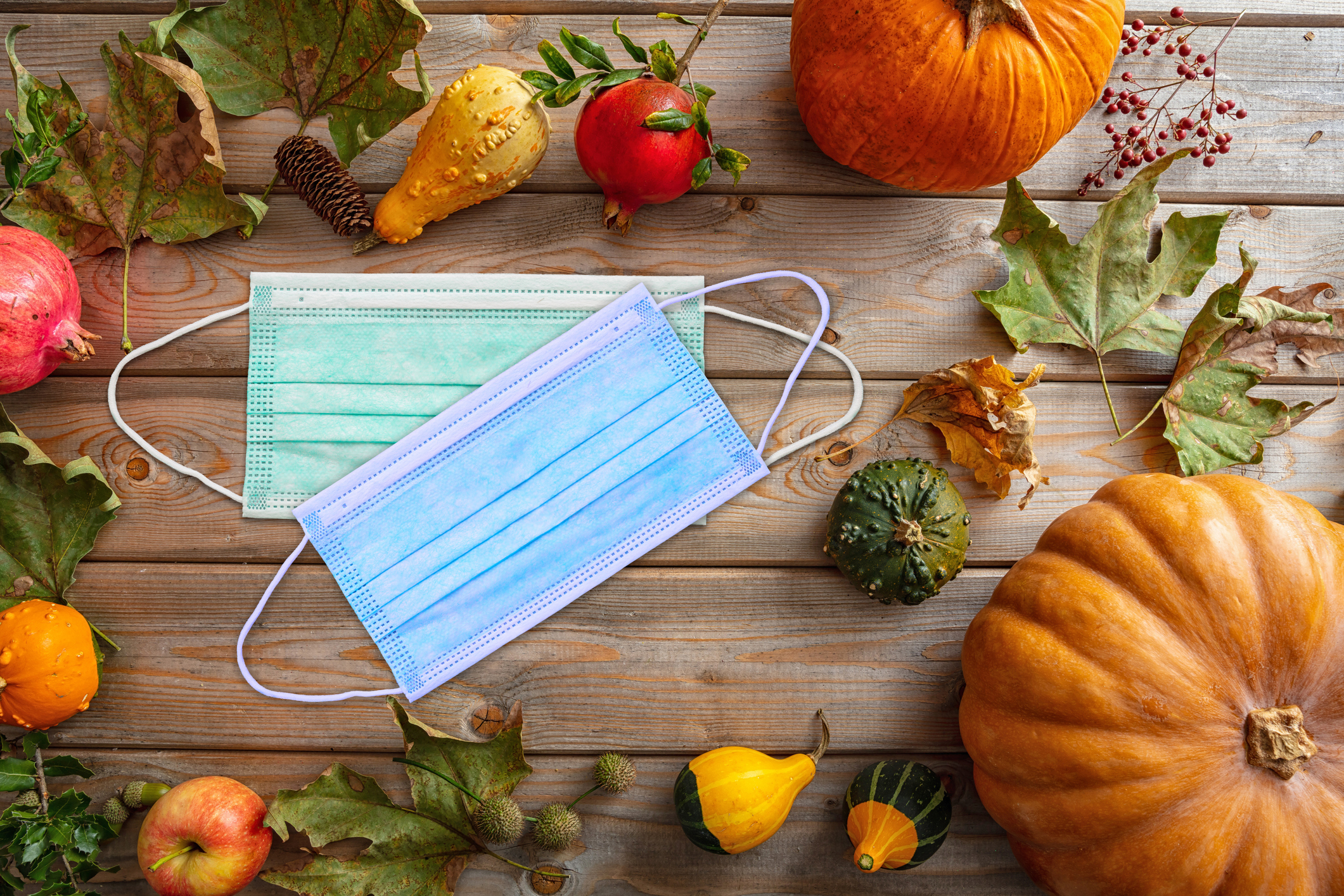
You know your people. Are they really going to abide by social distancing rules and keep their masks on between forkfuls of food and sips of coquito? Don’t fool yourself into thinking that just because you want them to and ask them to and even make them promise to that they actually will.
Additional concerns you might what to consider.
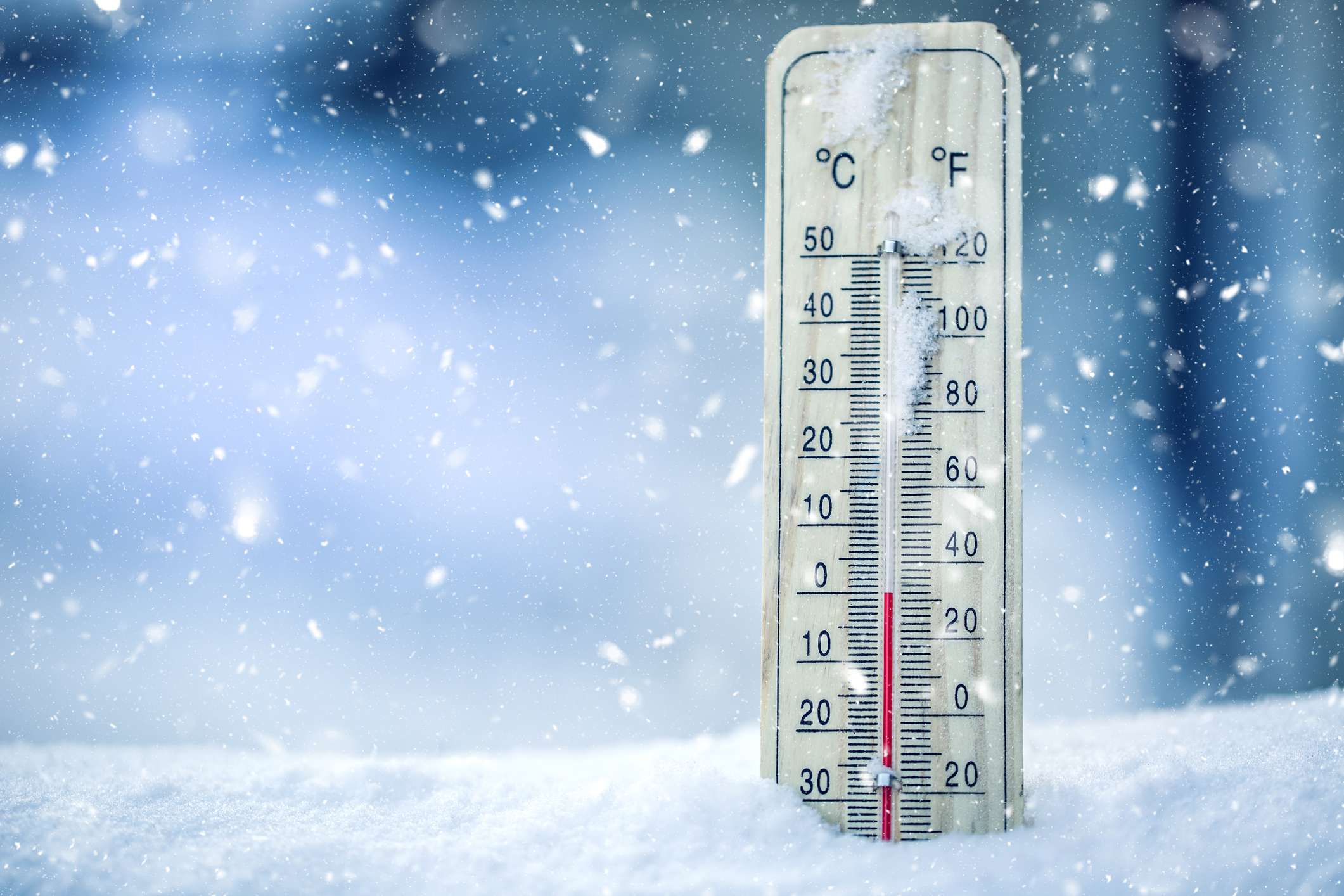
Holiday travel coincides with cooler temperatures, which means more gatherings are likely to be indoors, where respiratory viruses can be spread more easily. Also, it’s prime flu season, which means you also want to make sure you have had your flu vaccine ahead of time.
What can you do if you decide the risks of travel are too high?

“I do think Zoom, Google Meet, Skype, WhatsApp, whatever your platform is, I do think that that is certainly better than nothing,” says Dr. Tuznik. “I foresee our Thanksgiving table having literally some placeholders for laptops so we can talk with family.” No, it’s not the same as seeing someone in person, but it’s safer, and let’s face it—nothing this year is the same.




